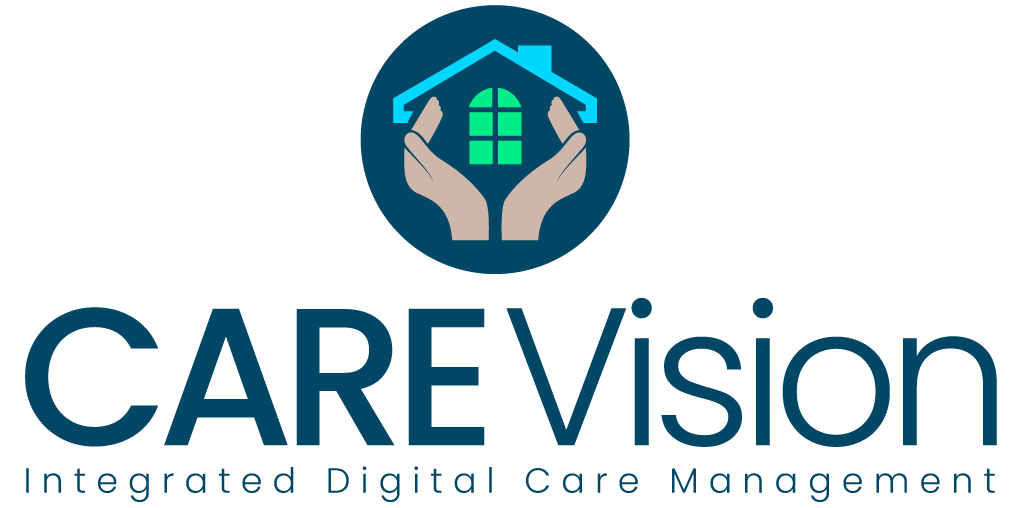As we age, it will be an inevitable part of life for many of us that our mobility may worsen and we will need extra help to move around. For care home residents and people receiving support from care organisations in the community or their own homes, this is often an area where professional help can make a huge difference to quality of life and wellbeing.
Using a digital care management system to manage risks related to residents falling or having accidents can simplify many of the processes and ensure that staff and residents have a far better idea of how to proceed. Here are five areas for care home managers and carers to pay particular attention to:
Falls prevention
Slips, trips and falls are far more common among older people and other vulnerable care home residents. Recovery times can be a lot longer too, making the situation extremely worrying if it is not managed properly. If older people are hospitalised after a fall, this can also have a significant impact on their longer-term health and wellbeing. Care Vision’s post-fall observation tool helps monitor residents who have had a fall, reporting the cause of the accident, symptoms that appear during recovery, treatments and medication given and plans to prevent it from happening again.
Occupational therapy
A key part of preventing falls from happening is engaging with occupational therapy at as early a stage as possible. This area of residential care management covers the equipment, furniture and space needed for people to move about safely and go about their daily lives. It can also include such assistance as wet rooms and shower aids, hand rails, mobility aids and changes to footwear among other things. All of this can be planned and monitored using digital care management software functions, such as procurement and budgeting for ordering items, occupational therapy reports added to personal files for residents and input from external organisations shared with staff involved in their care.
eMAR
Administering the right doses of medication at the right times, for the right duration of days, weeks or months is key to keeping people mobile for longer. For example, medicines that regulate blood pressure, dizzy spells, tremors or joint stiffness. Keeping track of medication via the eMAR tool attached to Care Vision prevents any errors from creeping in, or any recorded not being updated by the carer on duty. eMAR can also register the medications provided after a fall, such as pain killers, so that any side-effects or issues with other prescribed medicines can be checked and accounted for.
Physiotherapy scheduling
A common aspect of rehabilitation after a fall, as well as techniques to help people retain mobility for as long as possible is physiotherapy. Strengthening exercises can be given and the person supported to carry them out by themselves as well as during scheduled appointments. Managing these appointments digitally means that they are less likely to be missed, and managers can ensure that the relevant staff are added to the rota at the right times. External physiotherapists can also be booked via the system and their arrival and departure from the care home noted in the electronic visitors’ book.
Events and outings
People with mobility issues can enjoy a wide range of outings with the right support. Care home staff should be well acquainted with the various aids that can be provided, as well as what to include in a risk assessment for outings involving people with limited mobility. However, using digital care management software to plan trips, monitor accessibility and procure necessary equipment can help save time and energy spent juggling multiple paper-based records, invoices and reports. The same goes for events that take place at the care home. Software tailored to assist with planning, risk assessments and monitoring accessibility can reduce worries around ensuring that events are suitable for all residents, however mobile or otherwise they may be.
Staff mobility training
Finally, carers and other staff should receive regular training around helping people with restricted mobility. This could include manual lifting, assisting with getting up and going to bed, the right way to care for people who use a wheelchair or crutches and how to protect people against the risk of falling or tripping over as they walk. Even related healthcare services like podiatry or massage can help people with their mobility and can be part of a care home’s training schedule for its staff – booked and managed entirely digitally.





